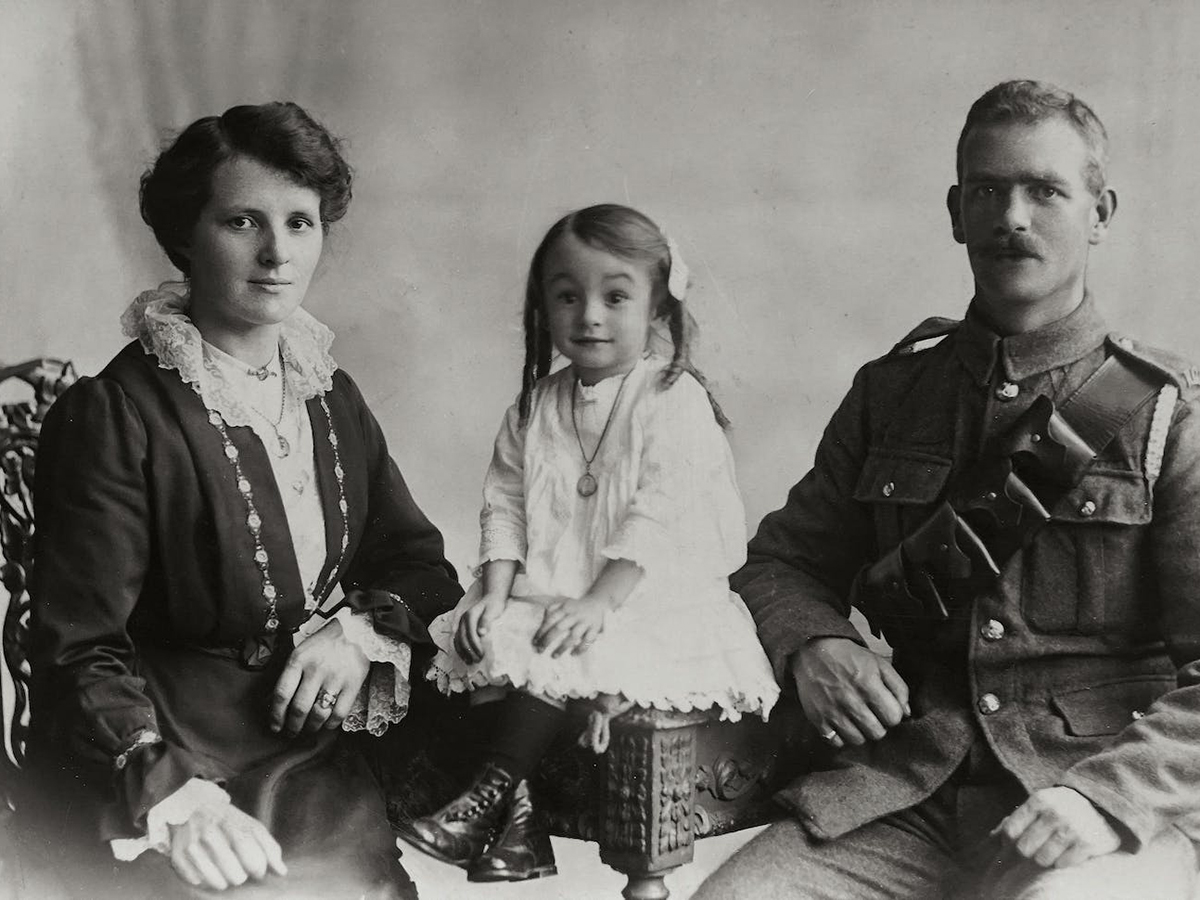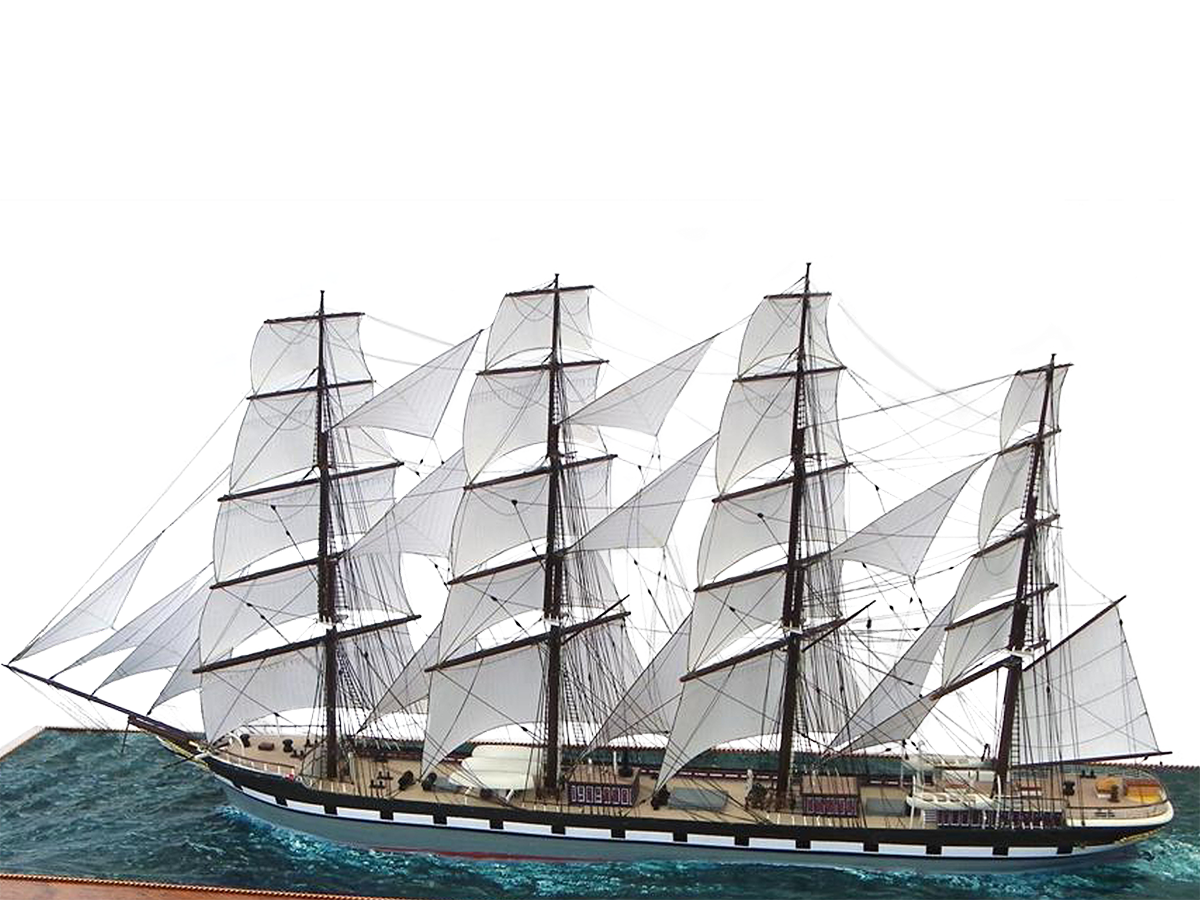
February 1, 2023
A friend of mine was interested in learning more about her Welsh heritage. She had recently discovered through a DNA test that she was 30 percent Welsh. Through her research, she learned that an ancestor on her maternal side was from Wales. She traced this ancestor, found when he immigrated, and wanted to delve into the records across the pond. How to start?
Located in southwestern Great Britain, Wales was settled by Celtic tribes around 1000 B.C. and united with England in 1536. The country is bilingual, with both Welsh and English being the official languages. Most records are in English. Wales has had much reorganization of boundaries over time. You may have to research in several counties to find what you are looking for. Since records are kept at the local level, parish records are your best place to look. Keep in mind that some Welsh records may be found in English records.
Fortunately, my friend was able to use U.S. records to locate the town in Wales her ancestor came from. So, the next step was to locate records for that area, online if possible. Again, she was in luck as Ancestry Library Edition, MyHeritage, FindMyPast (all three available at the Midwest Genealogy Center), FamilySearch, and GENUKI had records. As she dove further back in time, she noticed something odd—names weren’t the same. We are not talking about a variation, but a completely different name.
We learned that until about 1750 or so, Wales used a patronymic system (where a name is derived from the name of a father with an addition of a prefix or suffix). In the Welsh naming system, a child was given the father’s “given” name as a last name. For example, Owen Powell has a son named John. Ap or ab, meaning “son of,” would be attached, making the son’s name John ab Owen. Sometimes the prefix was dropped, and the name would be John Owen or Owens, using the “s” to signify “son of.” All of the children in the family may not use the same last name. For example, Owen Powell may have a daughter by the name of Joan Powell. This led to a narrow range of Welsh surnames, including Jones, Davies/Davis, Williams, Hughes, etc.
My friend did manage to go back in time with the Welsh parish records, noting the naming conventions in use, and was successful in tracing her ancestors—as of this writing—back to the 1600s.
Sheri V.
Midwest Genealogy Center







